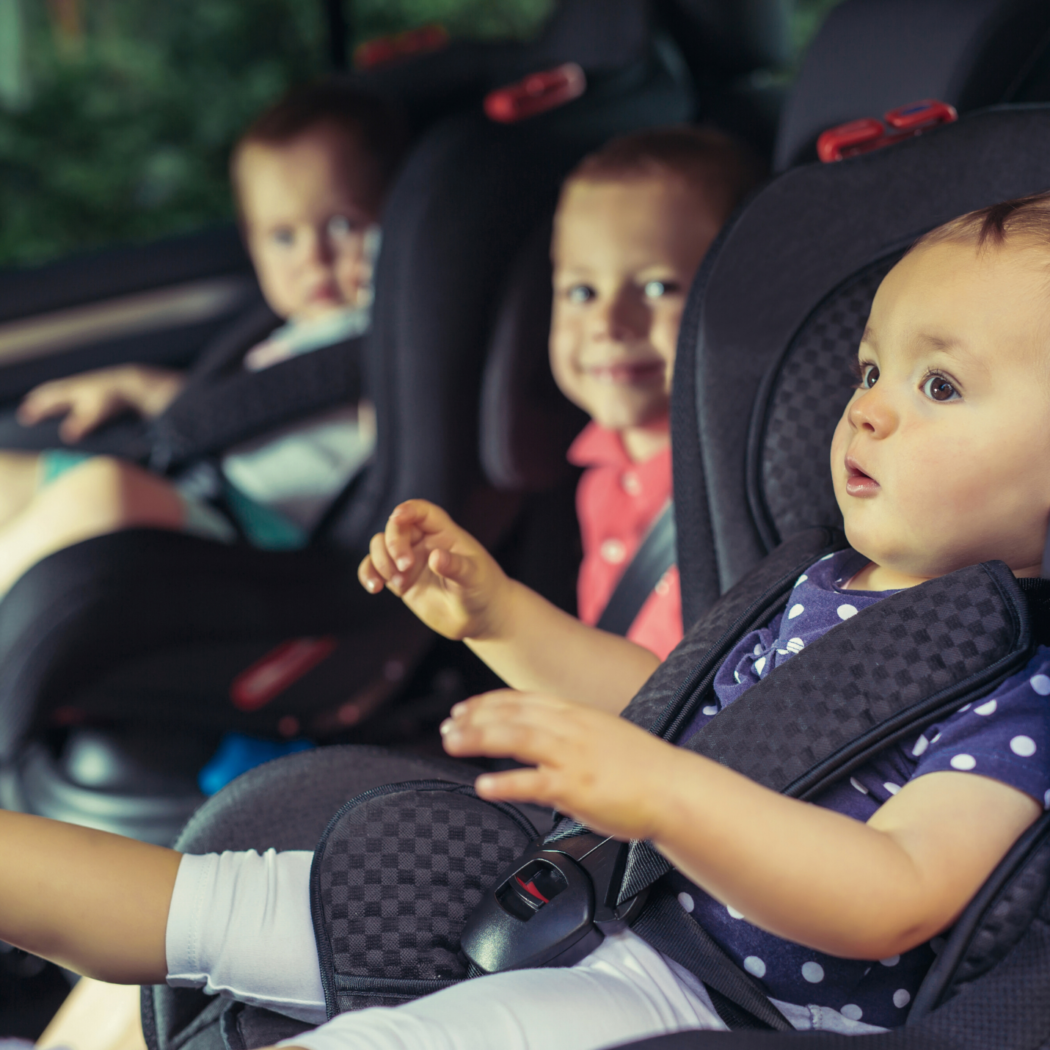There are many options to choose when purchasing your first car seat, but the questions behind if it is safe is raised on every parent’s mind.
Choosing the right car seat for your child can be stressful, time consuming and economically exhausting. Car seats price points range from $150 to a whopping $899. Customers frequently comment, “It’s like choosing a car!”
After paying high prices, parents often reluctant to pay additionally installation fees, but the truth is, a professional installer is more qualified, than the average parent as up to seventy per cent of parents are installing their car seats wrong. It is a high percentage, but parents still do not understand and according to PD Insurance, “Australian car accidents are one of the leading causes of injury and death of kids under the age of fourteen”.
By law, a child must be restrained to a proper car seat until they are seven years of age, they-have past the five-step test and have reached a height 145cm. Parents are often confused by the regulations as they continually change.

Under Australian Law:
- Children under six months must use a rear-facing car seat with an inbuilt harness.
- Children between the ages of six months to four years must continue to use a rear-facing or forward-facing (if they meet the height mark to forward face) car seat with an inbuilt harness.
- Children between the ages four to seven years must use a forward-facing child car seat with an inbuilt harness or booster seat with an adult lap-sash seatbelt.
- Children aged seven-years and older must use a booster seat with an adult seatbelt or child safety harness.
- Keep children in a child car seat until they have outgrown the size limit, regardless of age, as height is utmost important. If the child moves into a car seat for the next age group before they have reached the height mark on their current car seat, the next seat may not protect them during an accident.
- It is also important to note that many children between the ages of ten to twelve do not meet 145cm as adult seatbelts are designed for over that legal height mark, so it is still highly recommended to keep them in a booster seat.
 Questions to ask your nearest retailer when purchasing your child’s car seat:
Questions to ask your nearest retailer when purchasing your child’s car seat:
- What is the safest car seat in the market? A bit of a bold statement but this would compare price points and similarities between each brand’s safety features.
- Is the cheapest car seat still safe? Technically all car seats sold at retails meet Australian standards so do not be afraid to ask, although car seats at a low price point is only recommended for short travel trips. If a car seat has been approved, make sure parents check the Australians Standard sticker of AS/NZS 1754. Car seats that have been purchased overseas are illegal as they do not comply and meet Australian standards. According to BabyCenter, it is now illegal to use a booster cushion in a car for a toddler. If they do not have a high back, then the cushion must not be used.
- What is the best car seat for my child’s height? Please bring in your children to retail stores to test and try in boosters. This is critical to determine the height, if it is properly fastened and safely adjusted using a five-point harness, to keep your child restraint.
- How long can a child be rear-ward facing? By law, a child must be from newborn to 6 months, although it depends on each newborn to four-year car seat models if they reach the height mark, which allows the child to face forward. If both requirements are not met, a child must continue to rear-ward face.
- If my child is big enough for his four to eight-year booster, are they allowed to be in a normal seat? The law is to age seven unless a child is more than 145cm tall. If they do not reach 145cm, it is highly recommended to buy another booster.
- Is it still good to rent second-hand car seats? Rent at appropriate institutions, although it is highly not recommended to buy secondhand products online. Raising Children have outlined crucial points when renting second-hand car seats. The car seat must:
- Be manufactured under ten years old.
- Have no cracks.
- Have straps that are in good condition.
- Not been in a car crash.
- Come with a buckle that clips the harness into place.
- Comes with all parts, including the manual.
- Meets the AS/NZS 1754 Standard.
For more information on child restraint guidelines, visit the NSW’s Government website to compare child restraint car seats.



